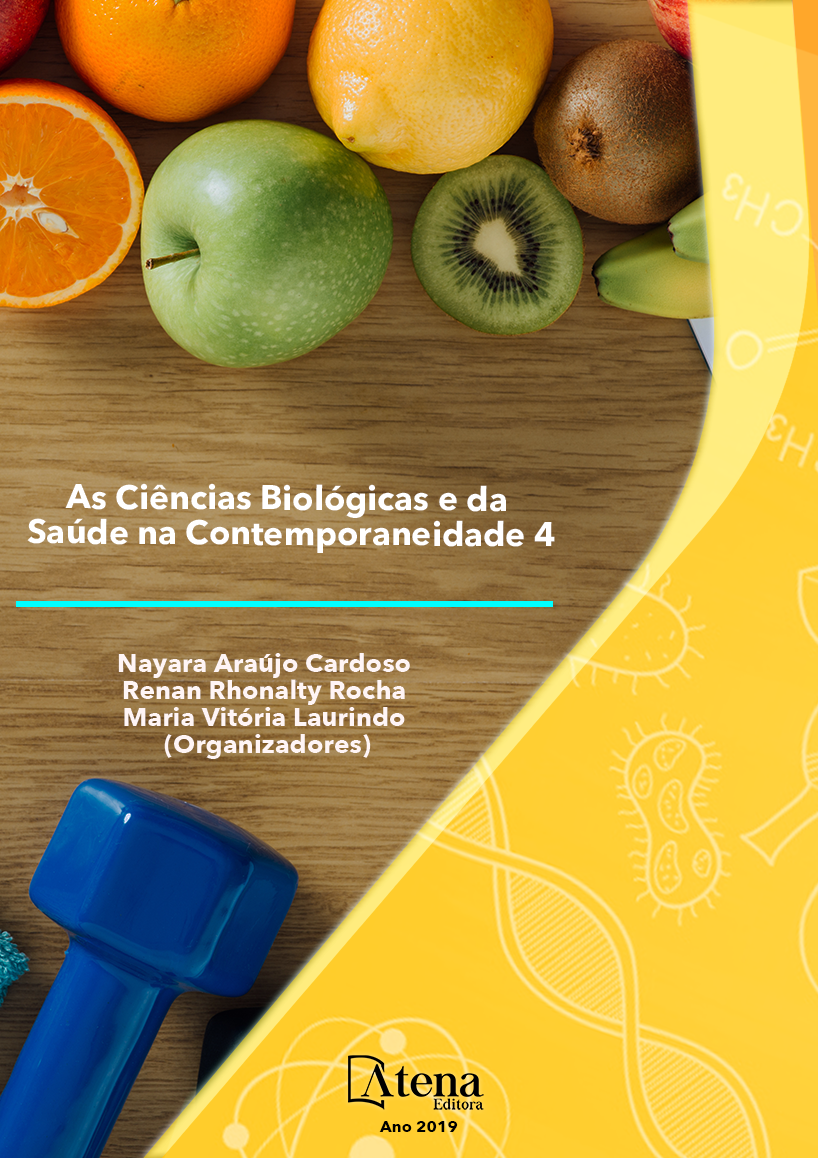
HERBIVORIA DE QUATRO ESPÉCIES EM DIFERENTES FITOFISIONOMIAS DE CERRADO NO LESTE MATO-GROSSENSE
O estudo foi realizado em duas
áreas adjacentes, uma no cerrado típico (CT)
e outra em cerrado rupestre (CR) no Parque do
Bacaba, município de Nova Xavantina, situado
no leste de Mato Grosso. O objetivo foi verificar
a intensidade de herbivoria em quatro espécies
lenhosas, identificando variação ou preferência
na procura/intensidade de herbivoria entre as
espécies e entre fitofisionomias. Foi estabelecida
uma transecção em cada ambiente, onde foram
selecionados aleatoriamente e marcados 10
indivíduos adultos de quatro espécies arbóreas:
Dypterix alata Vogel (baru), Anacardium
occidentale L. (caju), Annona coriacea Mart.
(araticum) e Himatanthus obovatus (Müll. Arg.)
Woodson (pau-de-leite). Destes, coletou-se
folhas para analisar a herbivoria. Calculou-se a
área foliar total e a área herbivorada do limbo
foliar, realizou-se análises de Wilcoxon-Mann-
Whitney para verificar diferença na herbivoria
entre as populações das espécies entre as
duas fitofisionomias e, Kruskal-Wallis, para
analisar diferenças nas taxas de herbivoria
entre as populações das espécies em cada
fitofisionomia. Quando comparada a intensidade
de herbivoria entre as populações em cada
fitofisionomia, verificou-se que não houve
diferença significativa entre a porcentagem
de herbivoria entre as espécies. Quando
comparados CT com CR, observou-se que
existe diferença significativa na intensidade de
herbivoria, com as maiores taxas de herbivoria
ocorrendo em CT. As espécies do cerrado
rupestre foram as que apresentaram menores
índices de herbivoria, este fenômeno pode
estar relacionado a este ser um ambiente mais
extremo.
HERBIVORIA DE QUATRO ESPÉCIES EM DIFERENTES FITOFISIONOMIAS DE CERRADO NO LESTE MATO-GROSSENSE
-
Palavras-chave: cerrado rupestre, cerrado típico, interação inseto-planta.
-
Keywords: rocky cerrado, typical cerrado, interaction insect-plant.
-
Abstract:
The study was carried out in two
adjacent areas, one in the typical savanna
(CT) and the other in savanna rocky (CR)
in the Bacaba Park, municipality of Nova Xavantina, located in the east of Mato
Grosso. The objective was to verify the intensity of herbivory in four woody species,
identifying variation or preference in herbivory demand / intensity among species
and among phytophysiognomies. A transect was established in each site, where 10
adult individuals of four tree species were randomly selected: Dypterix alata Vogel
(baru), Anacardium occidentale L. (cashew), Annona coriacea Mart. (araticum) and
Himatanthus obovatus (Müll. Arg.) Woodson (millet). From these, leaves were collected
to analyze the herbivory. The Wilcoxon-Mann-Whitney analysis was performed to verify
the difference in herbivory between the populations of the species between the two
phytophysiognomies, and Kruskal-Wallis, to analyze differences in the rates of herbivory
among the populations of the species in each phytophysiognomy. When comparing the
intensity of herbivory among the populations in each phytophysiognomy, it was verified
that there was no significant difference between the percentage of herbivory between
the species. When comparing TC with CR, it was observed that there is a significant
difference in the intensity of herbivory, with the highest rates of herbivory occurring in
TC. The species of the savanna rocky were the ones that presented lower indices of
herbivory, this phenomenon may be related to this being a more extreme environment.
-
Número de páginas: 15
- Vyvyanne Antunes Tolotti
- Carlos Kreutz
- Oriales Rocha Pereira


